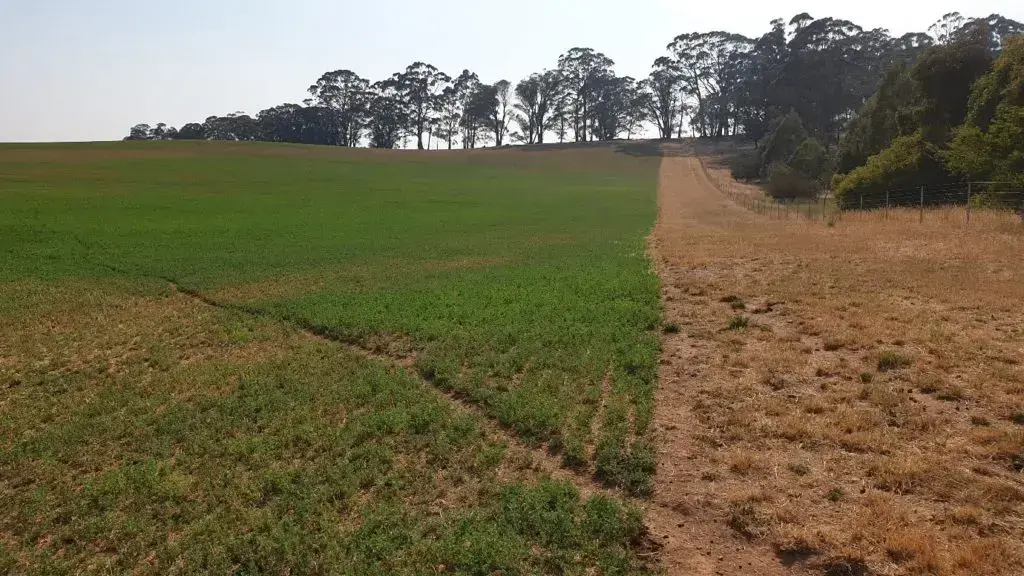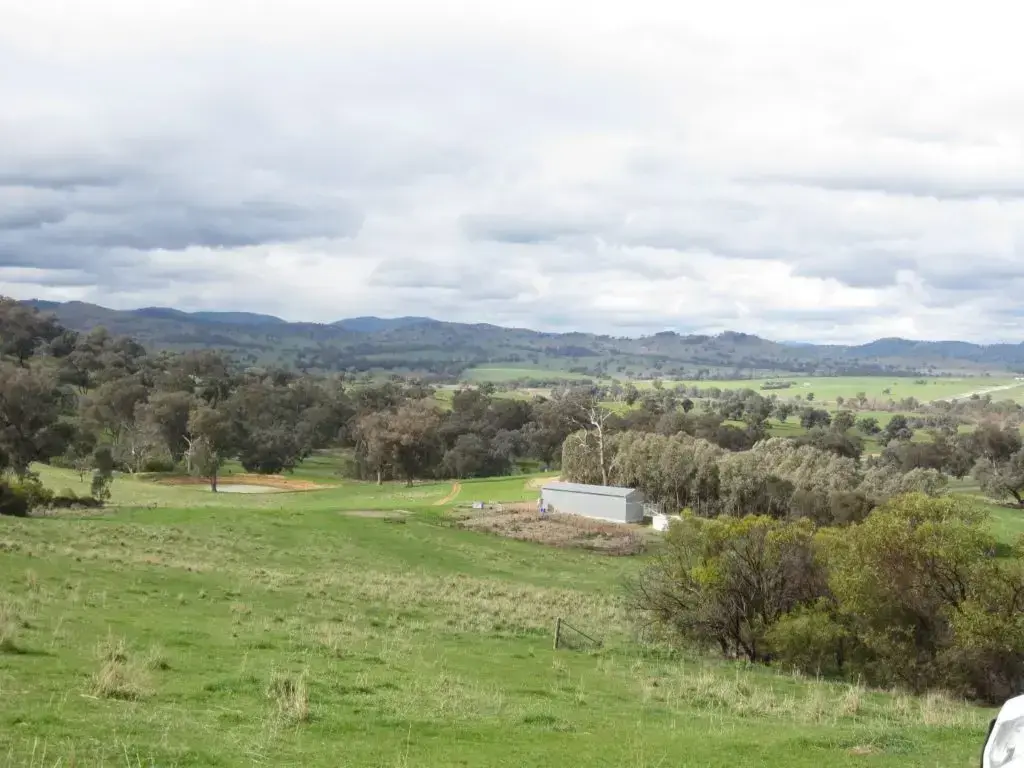Why revegetation is important in agricultural landscapes
Without vegetation, life would be impossible. Vegetation plays a critical role in supporting life on the planet by providing habitat and food, producing oxygen and absorbing carbon dioxide. It also moves water from the soil to the atmosphere through the process of transpiration and ensures rainfall is absorbed into the soil where it falls.
Why think about revegetation?
Extensive clearing of vegetation to create cities and towns for human habitation (and agricultural land to feed them) occurs worldwide. This ultimately results in species extinctions. The effects of vegetation clearing are particularly evident in south-east Australia where it is estimated that only 5% of the ecological community of White Box-Yellow Box-Blakely’s Red Gum Woodland remains from its pre 1788 state. A decline in native fauna species, such as the Superb Parrot, is an example of the ramifications of a decrease in vegetation in this area. Significant erosion damage has also occurred in agricultural landscapes within Australia, partly due to vegetation clearing.
The importance of woody vegetation within the Australian landscape was recognised at a Government level in 1989 with the formation of Landcare Australia. With the assistance of Landcare, many Australian land owners undertook tree plantings on their properties. The image of a few lonely paddock trees, however, is still a common sight across much of south-east Australia.
This raises the question, ‘what happens when those trees die’? The species which are reliant on tree hollows only found within mature trees may disappear from the landscape. The ramifications of past land clearing will continue to be felt as long as inaction occurs today.
Revegetation in action
Fairhalt is a property that straddles the Great Dividing Range just south of Crookwell. Fairhalt is owned and managed by Garry Kadwell, a regenerative potato and lamb farmer who has featured as a Soils For Life case study. A major component of Garry Kadwell’s regenerative land management is his approach to native vegetation on Fairhalt. During his youth Garry was taught by his grandfather and father to value vegetation and grew up planting trees alongside them with an eye for the future. Over the years Garry has fenced off areas of remnant vegetation from livestock and allowed natural revegetation to occur unimpeded by livestock grazing. Garry has also planted habitat corridors across Fairhalt to link the areas of remnant vegetation and allow fauna to move through the landscape. Currently 30% of Fairhalt is covered in native vegetation reserved for conservation purposes.

Revegetation at Illawong
Bryan Ward has transformed his property Illawong, located in the hills north of Albury, from a highly deforested landscape into a mosaic landscape covered with patches of native vegetation. When Bryan was conducting the revegetation work on Illawong he specifically targeted problem areas of the property such as hill tops, eroded areas, gullies above dams and around lone paddock trees. By doing so, Bryan has repaired much of the past erosion damage and ensured minimal erosion can occur into the future.
Direct seeding methods were used to conduct revegetation work on the property. Bryan reserved specific conservation areas by fencing them off from livestock. He used a rock hopper machine to navigate the steep rocky country and spread seeds within them.

The benefits of revegetation
The benefits of the revegetation projects on Fairhalt and Illawong are not limited to the landscape. Garry Kadwell and Bryan Ward both gain an immense amount of satisfaction from the revegetation work that they have completed on their properties. The feeling that they are leaving the landscape in a better state than what they found it is a legacy which can be handed on to the next generation.
The benefits of conducting revegetation projects are not limited to environmental and social factors. On farm productivity can also be influenced by revegetation projects. Revegetation in the form of shelter belts for livestock have been found to halve lambing mortality rates in areas with cold, wet and windy weather conditions. In hot conditions, trees also provide shelter for livestock which can reduce stock losses caused by heat stress. (Heat stress has also been found to reduce fertility rates in cattle and sheep).
Productivity benefits of revegetation are not just relevant to livestock enterprises. Vegetation windbreaks have been found to improve crop productivity by up to 25%. However, if a crop is planted in close proximity to vegetation it will have a negative effect on the growth of the crop.
How to start the revegetation process
The first step of conducting a revegetation project is to map the property with enterprise and landscape features to identify suitable areas for vegetation. Following this, an appropriate method of revegetation must be selected. Regional organisations, such as Greening Australia, Landcare Australia and state government agencies such as Local Land Services NSW provide revegetation information including the correct species to plant and where to purchase seeds and seedlings. These organisations may also provide funding assistance. For example, the Whole of Paddock Rehabilitation project offered by Greening Australia pays land owners to conduct revegetation projects in degraded treeless paddocks.
Methods of revegetation
Methods utilised to conduct revegetation projects include
- direct seeding,
- tube stock planting
- natural regeneration.
Typically tube stock plantings are the most expensive followed by direct seeding and natural regeneration respectively. Seek expert local advice when deciding which method of revegetation to undertake.
Prior to direct seeding or tube stock planting the ground is often prepared by ripping along contour lines to create disturbance in the soil and a place for the seeds or seedlings to grow. Read about how this was done at Illawong. Tree guards are often used when planting tube stock to offer protection from grazing and the elements whilst the plant matures.
Natural regeneration is more likely to occur in areas which have been recently excluded from heavy livestock grazing and where mature plants are present in the landscape.
Thinking for the future
Revegetation is a process that requires time, patience and a forward-thinking mindset. Though its benefits may not be observed for many years, current generations must adopt this mindset and act to rectify the land clearing of the past.
Find a revegetation program to suit your property using our state by state index.
This project is supported by Soils for Life, through funding from the Australian Government’s National Landcare Program.





